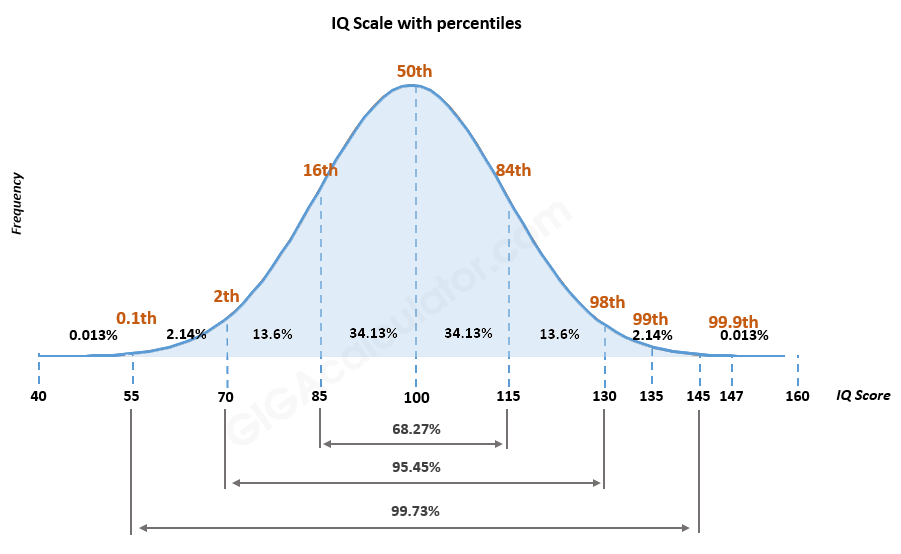Today, we're diving into the concept of interval scale measurement — a cornerstone in the world of statistics that might sound complex but is incredibly interesting and surprisingly relevant to our everyday lives.
From the way we tell time to how we measure temperature, interval scales play a crucial role. Let's unravel this concept together, delving into its essence, unique features, comparisons with other scales, and real-world examples!
Table Of Contents
- What Is Interval Scale Measurement?
- Key Characteristics Of Interval Scale Measurement
- Examples Of Interval Scale Measurement
- Comparing Interval Scales to Other Types of Scales
- Elevate Your Research with Interactive Rating Scales
- Conclusion
Tips for Effective Survey
What Is Interval Scale Measurement?
Interval scale measurement is a type of data measurement scale that is used in the fields of statistics and research to quantify the difference between entities. It is one of the four levels of measurement scales, alongside nominal, ratio scales, and ordinal scale example.

It's really useful in many areas like psychology, teaching, and studying society because it helps us measure things like how smart someone is (IQ scores), how hot or cold it is (temperature), or dates.
Key Characteristics Of Interval Scale Measurement
Interval scale measurement comes with distinctive characteristics that set it apart from other types of measurement scales. Understanding these characteristics is crucial for properly using interval scales in research and data analysis. Here are the key features:
Even Steps Everywhere (Equal Intervals):
A big thing about interval scales is that the gap between any two numbers next to each other is always the same, no matter where you are on the scale. This makes it really useful to compare how much more or less one thing is compared to another.
- For instance, the jump from 10°C to 11°C is just like the jump from 20°C to 21°C when you're talking about temperature.
Zero is Just a Placeholder (Arbitrary Zero Point):
With interval scales, the zero doesn't mean "nothing there." It's just a point that's been picked to start counting from, not like in some other scales where zero means something is completely absent. A good example is how 0°C doesn't mean there's no temperature; it just means that's where water freezes.

Adding and Subtracting Only:
You can use interval scales to add up or take away numbers to figure out the difference between them. But because zero doesn't mean "none," you can't use multiplication or division to say something is "twice as hot" or "half as cold."
Can't Talk About Ratios:
Since zero on these scales isn't really zero, saying something is "twice as much" doesn't make sense. This is all because we're missing a true starting point that means "none."
Numbers That Make Sense:
Everything on an interval scale is in order, and you can tell exactly how much more one number is compared to another. This lets researchers organize their measurements and talk about how big or small differences are.
Examples Of Interval Scale Measurement
Interval scale measurement provides a way to quantify and compare differences between items with equal spacing between values but without a true zero point. Here are some everyday examples:
1/ Temperature (Celsius or Fahrenheit):
The temperature scales are classic examples of interval scales. The temperature difference between 20°C and 30°C is equal to the difference between 30°C and 40°C. However, 0°C or 0°F does not mean the absence of temperature; it's just a point on the scale.
2/ IQ Scores:
Intelligence Quotient (IQ) scores are measured on an interval scale. The difference between scores is consistent, but there's no true zero point where intelligence is absent.

3/ Calendar Years:
When we use years to measure time, we're working with an interval scale. The gap between 1990 and 2000 is the same as between 2000 and 2010, but no "zero" year represents the absence of time.
4/ Time of Day:
Similarly, the time of day on a 12-hour or 24-hour clock is an interval measurement. The interval between 1:00 and 2:00 is the same as between 3:00 and 4:00. Midnight or noon doesn't represent an absence of time; it's just a point in the cycle.
5/ Standardized Test Scores:
Scores on tests like the SAT or GRE are calculated on an interval scale. The difference in points between scores is equal, allowing for direct comparison of results, but a score of zero doesn’t mean "no knowledge" or ability.

These examples illustrate how interval scales are used in various aspects of daily life and in scientific research, enabling precise comparisons without relying on a true zero point.
Comparing Interval Scales to Other Types of Scales
Nominal Scale:
- What it does: Just puts things into categories or names without saying which is better or has more.
- Example: Types of fruit (apple, banana, cherry). You can't say an apple is "more" than a banana; they're just different.
Ordinal Scale:
- What it does: Ranks things in order but doesn't tell us how much better or worse one is than another.
- Example: Race positions (1st, 2nd, 3rd). We know 1st is better than 2nd, but not by how much.
Interval Scale:
- What it does: Not only ranks things in order but also tells us the exact difference between them. However, it doesn't have a true starting point of zero.
- Example: Temperature in Celsius as mentioned earlier.
Ratio Scale:
- What it does: Like the interval scale, it ranks things and tells us the exact difference between them. But, it also has a true zero point, meaning "none" of whatever we're measuring.
- Example: Weight. 0 kg means there is no weight, and we can say that 20 kg is twice as heavy as 10 kg.
Key Differences:
- Nominal just names or labels things without any order.
- Ordinal puts things in order but doesn't say how far apart those orders are.
- Interval tells us the distance between points clearly, but without a true zero, so we can't say something is "twice" as much.
- Ratio gives us all the info interval does, plus it has a true zero, so we can make comparisons like "twice as much."
Elevate Your Research with Interactive Rating Scales
Incorporating measurements into your research or feedback collection has never been easier with AhaSlides' Rating Scales. Whether you're gathering data on customer satisfaction, employee engagement, or audience opinions, AhaSlides offers a user-friendly platform that simplifies the process. You can quickly create customized rating scales that fit perfectly with your survey or study. Plus, AhaSlides' real-time feedback feature allows for immediate interaction and engagement with your audience, making data collection not only efficient but also engaging.

🔔 Are you ready to elevate your research with precise and interactive rating scales? Start now by exploring AhaSlides' Templates and get started on your journey to better insights today!
Conclusion
Using interval scale measurement can truly transform how we collect and analyze data in research. Whether you're evaluating customer satisfaction, studying changes in behavior, or tracking progress over time, interval scales provide a reliable and straightforward method. Remember, the key to unlocking insightful data starts with choosing the right tools and scales for your study. Embrace interval scale measurement, and take your research to the next level of accuracy and insight.
Ref: forms.app | GraphPad | QuestionPro





